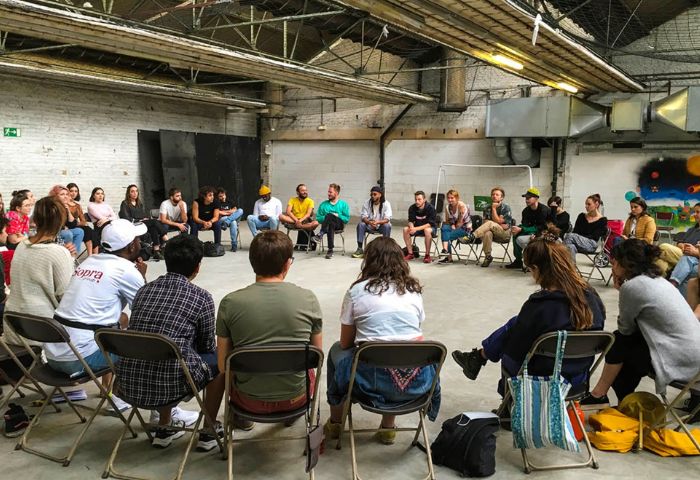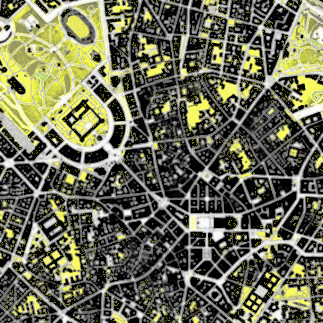Space Managment
The collaborative management of vacant spaces or commons is a dynamic process that involves balancing diverse uses, interests, and stakeholders. Often serving multiple organizations or community groups, these spaces require effective management to remain accessible, sustainable, and beneficial. Success depends on understanding users' needs, negotiating spatial boundaries, and using tools that ensure transparency and organization.

Commons often serve as dynamic spaces for diverse activities—social events, workshops, housing, art, and even small businesses. Managing these spaces implies balancing varied needs and generating an inclusive environment. A key strategy is creating flexible zones for socializing, working, or relaxing, while maintaining adaptability. Effective coordination helps avoid scheduling conflicts, supported by regular communication among users. Inclusive, horizontal decision-making engages all participants and builds trust, empowering communities to shape the space together.
At the core of collaborative management is a deep understanding of the community’s diverse and evolving needs. A welcoming environment requires intentional efforts to encourage belonging, including clear signage, multilingual support, and outreach. Open communication—through meetings or informal gatherings—creates feedback loops for adaptation. Conflict is inevitable, so mechanisms like mediators, forums, or community-led solutions are essential for maintaining trust and harmony. Thoughtful engagement ensures the commons truly serve all participants.
In transitional urban settings, "threshold spaces" like hallways or courtyards blur public and private boundaries. These can spark creativity or confusion, depending on their management. Clear guidelines on use and upkeep help foster shared management. Managing the fluidity between indoor and outdoor areas—such as with shelter or signage—supports smoother transitions. Defining boundaries between public and semi-private spaces prevents misunderstandings and promotes mutual respect, turning grey areas into vibrant parts of the commons.
Effective tools help organize space, facilitate communication, and support shared responsibility:
- Signage & Design: Clear, inclusive signage (e.g., wayfinding, rules) communicates essential info. Thoughtful graphic design fosters sense of belonging.
- Common Rules: Shared guidelines, visible and co-created, reinforce collective governance. Regular reviews keep them relevant.
- Internal Communication: Shared calendars streamline coordination. Offline tools—bulletin boards or printed schedules—ensure digital inclusion. Feedback channels (email, social media, apps) invite ongoing dialogue and problem-solving.
Collaborative management involves balancing autonomy with accountability. Trusting communities while ensuring spaces aren’t misused requires clear roles, expectations, and maintenance plans. Striking the right balance between central coordination and grassroots autonomy is crucial—some commons benefit from central guidance, others thrive on horizontal, collective structures.
Protecting the public value of commons also demands nuance. Overly rigid principles can exclude, while flexible, evolving policies—highlighted by scholars like Ostrom—better foster inclusivity and long-term stewardship.





